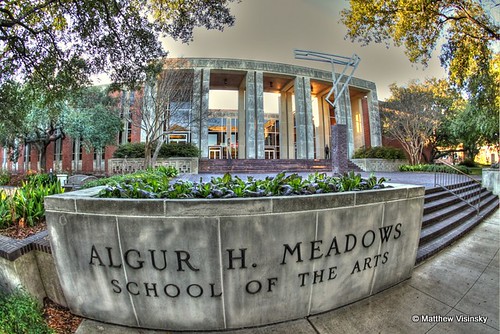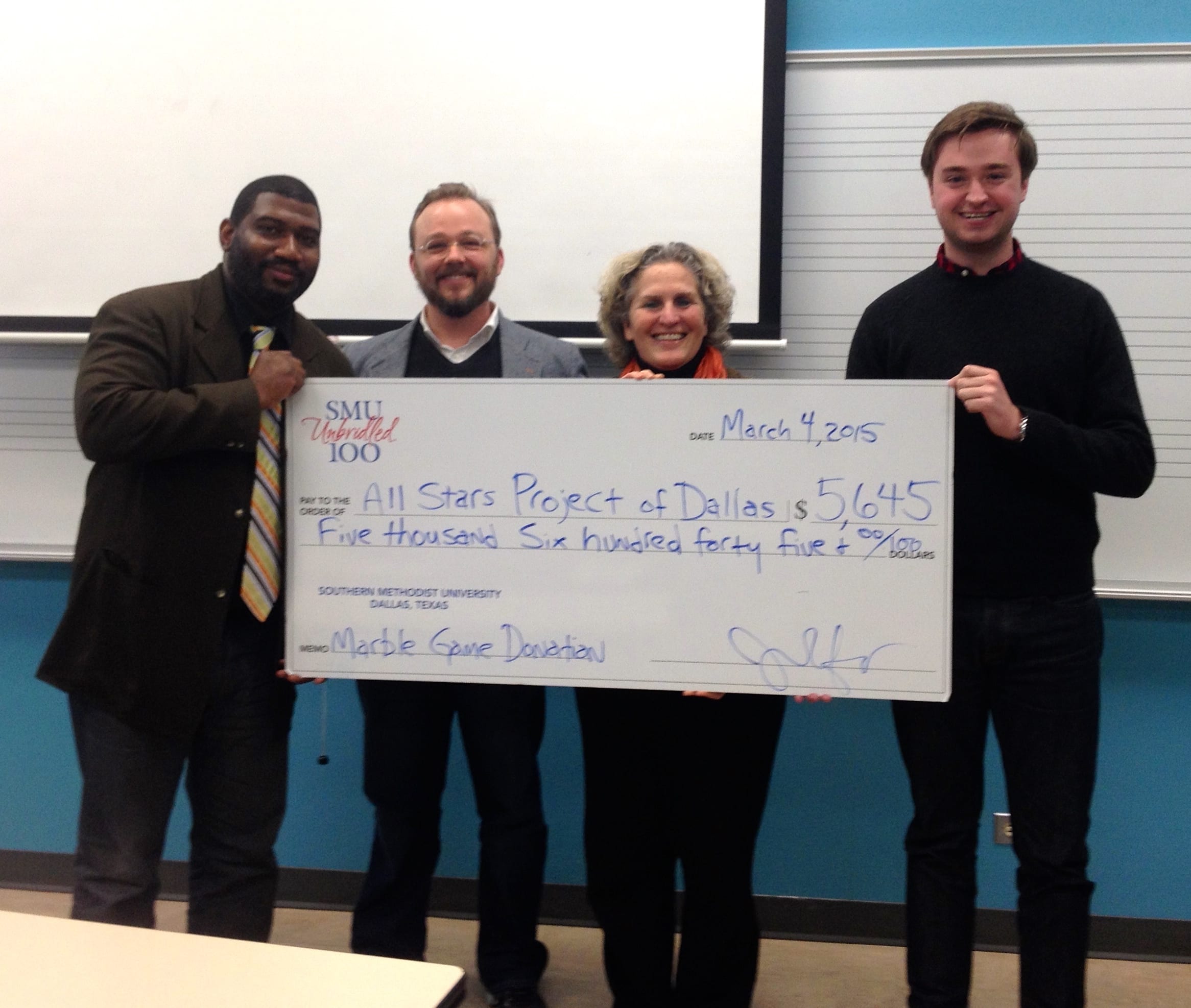Elizabeth Van Fleck: Development Officer of TITAS Dance/Unbound 
Have you sought funding for your organization?
Yes, funding has been sought.
In what ways have you sought funding for your organization? If you have not, how were you able to grow without outside capital?
Through city cultural contracts, state contracts, foundation support, New England Foundation city arts, donor citation letters (twice a year), fundraising events (relationship-building and to provide a deeper experience for donors), subscribers are encouraged to donate when purchasing tickets, show sponsorships (try to raise $5,000-$10,000 per show), in-kind donations.
What funding pursuits OR self-generated efforts have proved most effective and why?
Patron development takes time, cultivating relationships. People give to people, as opposed to the organizations. The more one makes personal connections with prospects, the more they are willing to donate. Personal connections are imperative.
What three pieces of advice do you have for aspiring arts and creative entrepreneurs, regarding raising funds?
For non-profit, being selective about who is on your board of directors and initiating them in what it means to be a board member is crucial for the sake of a strong staff. Everybody needs to be on the same page about their responsibilities. Fanatic customer service is also important. Keep this in mind at all times. Customers need to be your highest priority in regards to developing relationships. Strong leadership is critical. When you are starting a non-profit, having a vision is very important. It makes people more inclined to get involved in the organization. Board, customer focus, focus groups and diversify funding sources are the key points as well as grants, individuals, corporate sponsorships.
David Perez, President & CEO of A.S.P. Enterprises, Inc. 
Have you sought funding for your organization?
Yes, funding has been sought.
In what ways have you sought funding for your organization? If you have not, how were you able to grow without outside capital?
David’s business is run by his family, passed down to him from his father. He sought funding for the business, A.S.P Enterprises, first by asking family and friends for money. He then borrowed $50,000 from a bank to get the company started, sold 50% equity to an investor and bought the shares back in 1999.
What funding pursuits OR self-generated efforts have proved most effective and why?
According to David, searching locally for funds through personal connections was the best way to start. His father felt that having the support of others was something that really helped get the business started. It encouraged him to take a leap of faith and request a loan for $50,000 dollars. Being open with costumers about change in product quality is a reason as to why the company is so successful. The customers felt like they had a personal connection with the company, which encouraged them to invest, donate, etc.
What three pieces of advice do you have for aspiring arts and creative entrepreneurs, regarding raising funds?
Having the courage to take a chance in what you believe in. Seek support from those closest to your inner-circle. A lot of times, you can come up with a decent amount of funds from close friends and family member. Be confident in your idea, take a leap of faith, and take out a loan. For today’s day and age, crowdfunding is also a great way to raise funds.
Stephen Young, Mundet — Former CEO 
Have you sought funding for your organization?
Yes, funding has been sought.
In what ways have you sought funding for your organization? If you have not, how were you able to grow without outside capital?
Borrowed from banks, used vendor take back notes in acquisitions, leveraged assets, negotiated good payment terms from customers, stretched paying suppliers as far as they could. Always told the banks more than they thought they wanted to know.
What funding pursuits OR self-generated efforts have proved most effective and why?
As a manufacturing company with industrial customers, not many consumer product or service marketing techniques were used. Absolute concentration on quality, service, and price built confidence for donors. Borrowing from banks seemed to be the most successful fundraising technique.
What three pieces of advice do you have for aspiring arts and creative entrepreneurs, regarding raising funds?
Don’t get caught up in the outcome, be disciplined in growth, and don’t opt out.
These interviews, conducted by Grant Parker, seek to understand:
- If creative entrepreneurs typically seek capital in starting their organizations
- OR if leaders of nonprofit leaders, how they raise funds
- What ways they may have done so, if applicable
- What advice they have for aspiring creative entrepreneurs.
This interview process is part of SMU Meadows’ class Creative Entrepreneurship and Attracting Capital.




